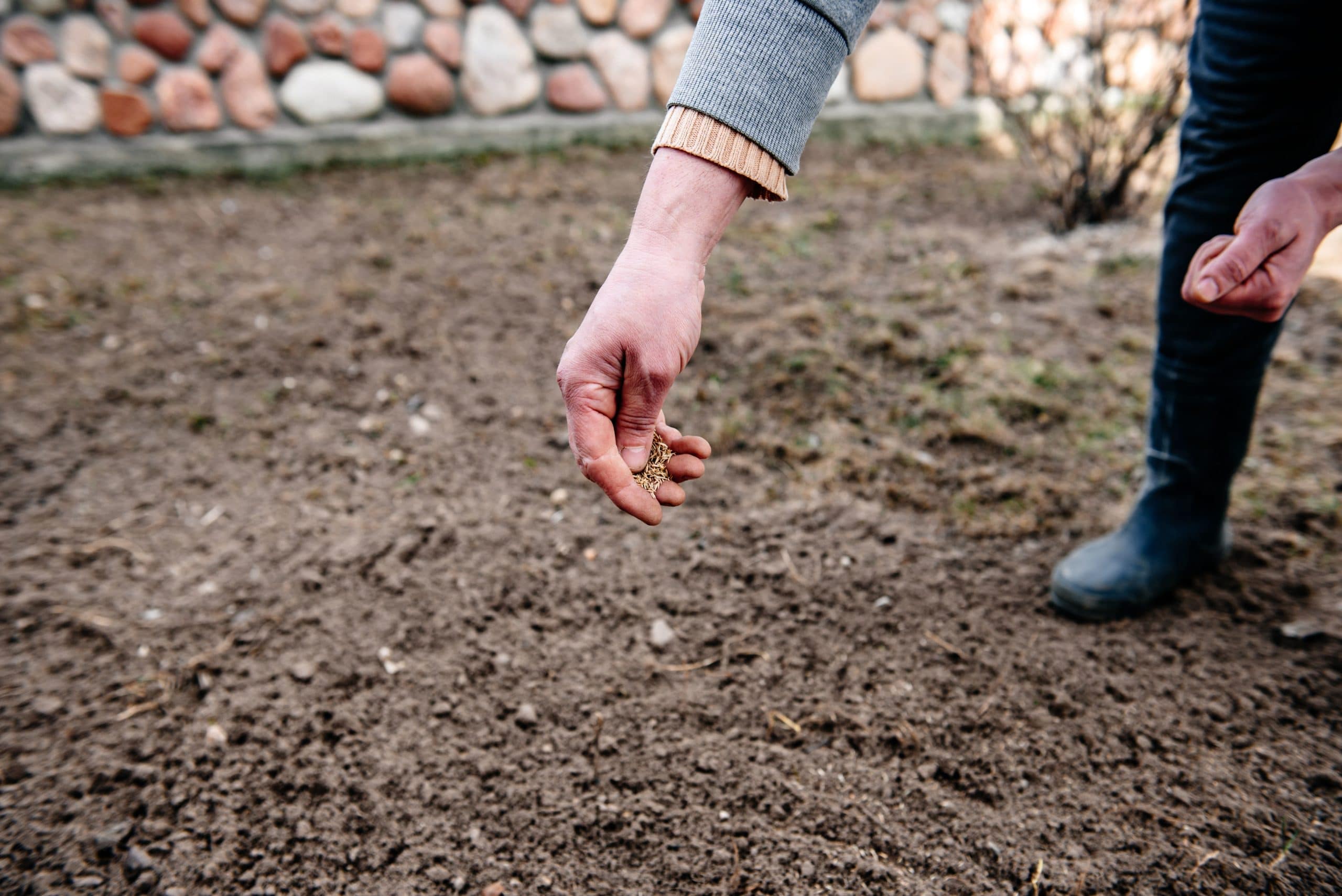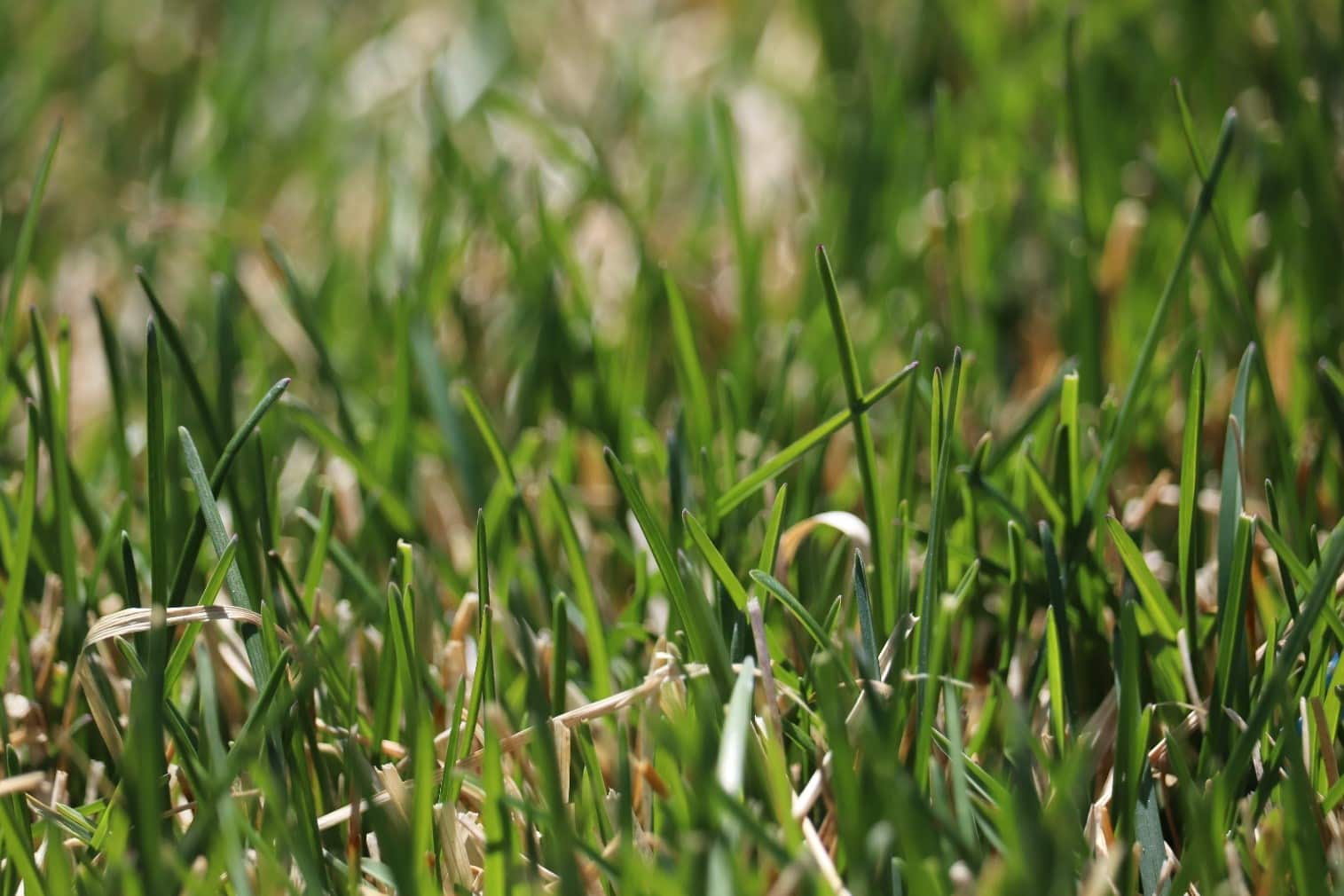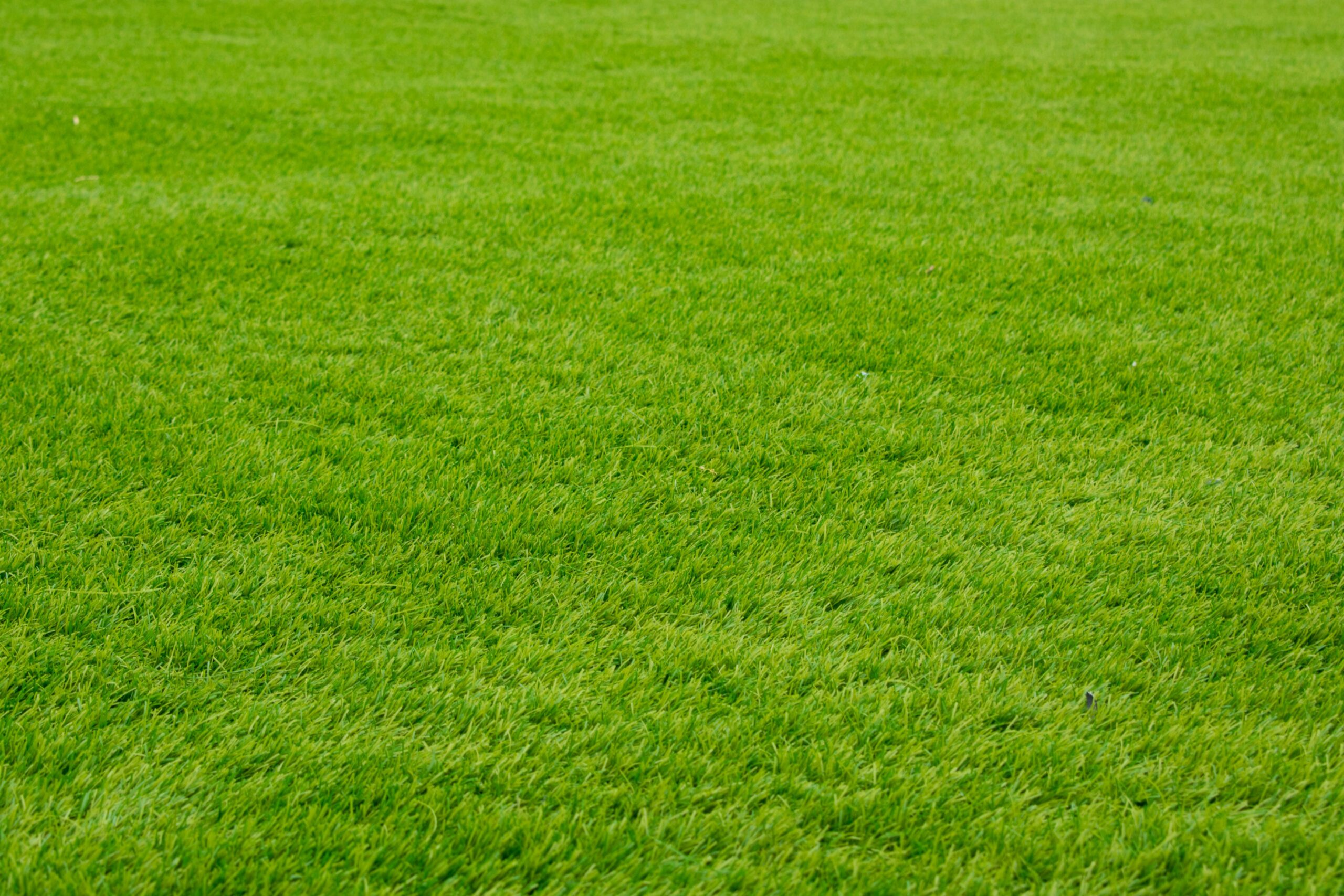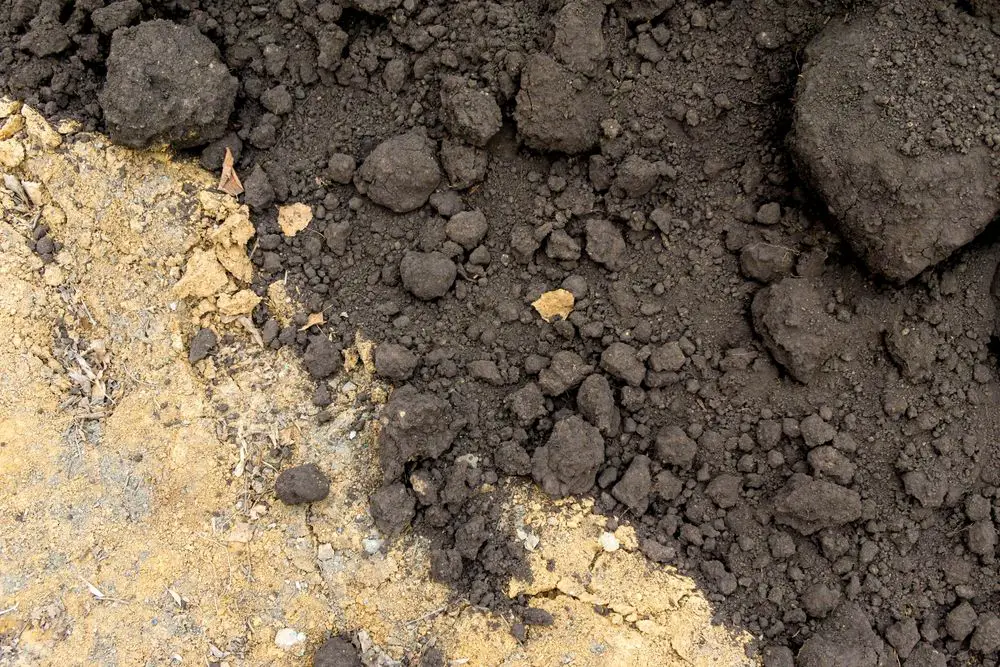Having green and well-maintained grass is the wish of every homeowner. It will not only improve the appeal of your home but will also increase its value. But, how to grow grass in clay soil?
To grow grass in clay soil you must: determine the density of clay soil, amend clay soil, test the amended soil, measure the area, moisten the clay soil. Then follow the 9 tips below.
How to Grow Grass in Clay Soil?
Step 1: Determine the Density of Clay Soil
It is important to know how dense the clay soil you are working with is so you know how to amend it to make it ideal for growing grass.
Step 2: Amend Clay Soil
Spread organic compost on the area you intend to plant grass. If you have heavy clay soil, the organic compost should be up to 8 inches thick. Six inches of compost will do if the soil does not have too much clay.
It is best to use a yard machine rototiller to spread organic compost over clay soil because the machine can also help break up the compacted clay soil.
After spreading organic compost, leave the ground for at least 8 weeks.
Step 3: Test the Amended Soil
There are two DIY ways to evaluate the amended clay soil yourself before planting grass. Of course, a soil test from a laboratory is the best method.
The Ribbon Test
- Take a small sample of the soil. It should be about 3 inches below the surface.
- Place the soil sample on a piece of paper.
- Remove all rocks, lumps, etc. You can also choose to crush the lumps with a kitchen spatula.
- Take a handful of the clay soil. Wet it a bit until has the consistency of moist putty.
- Form the clay soil into a ball.
- Squeeze the ball pushing it out of your hand.
If you have successfully improved the soil. a short ribbon will appear when pushing the soil out of your hand.
If the ribbon formed by the amended soil is still over 1 inch long, spread an additional layer of organic compost over the soil. It should not be as deep as the first layer of compost because your clay soil is starting to improve.
The Jar Test
- Collect a sample of the soil and clear it of rocks, lumps, etc.
- Place the soil in a jar.
- Fill the jar 1/2 full of water.
- Close the lid of the jar tightly.
- Shake the jar for a few minutes.
- Allow the jar with soil to sit for about 2 days.
It is easy to interpret the quality of your soil using the Jar Test. Coarse sand and gravel will sink to the bottom of the jar and the smaller sand will be on top of that.
With clay soil, the water will remain cloudy. Only a thin layer of the dirt particles will settle on the bottom. The water will cloudy or foggy because it will take quite a while for the clay particles to settle on the bottom of the jar because clay soil does not drain well.
Step 4: Measure the Area
After successfully amending clay soil, measure the area where you are going to plant the grass. This will give you an idea of how many seeds and the number of plugs you will need.
A grass plug is an individual turf plant that is about 1 1/2 to 3 inches in width or length. When planted about 6 inches apart, they will spread and fill the entire ground over time.
If you will be planting grass plugs, dig holes that are about 6 inches apart and moisten the soil. Plant one grass plug in each hole making sure it is at ground level. Roll the grass plugs with a roller.
If you are planting grass seeds, half the seeds.

Spread one part of the seeds using a broadcast spreader (a farm implement for spreading seed and fertilizer) over the ground. Spread the seeds in a vertical path.
Spread the second half of the seeds in a perpendicular direction to ensure an even spread.
Read More: How Many Square Feet are on a Pallet of Sod? +Sod Calculator
Step 5: Moisten the Clay Soil
After planting grass on clay soil moisten the soil. Wet the area, using a sprinkler, with at least 1/4 inch of water. Water your newly-planted grass, again using a sprinkler, at least once or twice a day.
The process of improving clay soil to make it ideal for planting grass takes time. Amending clay soil should be done every season to ensure you are improving the texture and quality of the soil. Your grass will then have a stronger root system and grow healthier.
Clay soil is hard and heavy. It also tends to dry up and crack. During the summer months, clay soil compacts and can become as hard as a rock.
Clay soil also speeds up water runoff because it does not absorb water as quickly as other types of soil. Clay soil will also stick to the bottom of your shoes.
While it can be challenging to plant on clay soil, with some extra effort, it is possible to have healthy grass growing on it.
Clay soil, fortunately, can hold nutrients and when properly prepared can provide many benefits for grass.
Helpful Tips
Here are some helpful tips to ensure you successfully grow beautiful grass in clay soil:
1. Other than organic compost, you can also use garden compost or composted manure to amend clay soil.
2. Never use sand as organic matter because it will harden the soil more. Clay and sand do not work well together.
3. If planting using grass plugs from late spring up to early summer, opt for warm-season grasses that work for clay-loam soil (Buffalo grass, Bermuda grass, Zoysia, and Saint Augustine grass).
4. If planting using grass seeds during the fall or early spring, plant cool-season grasses (Annual Ryegrass, Perennial Ryegrass, Red Fescue, Hard Fescue, Colonial Bent grass, and Kentucky Bluegrass).
5. Grass planted on clay soil is watered less often than other types of soil. Clay soil, however, takes some time to absorb water, so make sure to water slowly but steadily over a longer time.
6. Make sure to water your grass before the clay soil runs dry. Dry clay soil is going to be as hard as a rock and will keep water from getting to the roots.
7. Use organic fertilizer.
8. Aerate your lawn when the temperature starts to get cooler. After aerating clay soil, over-seed your lawn, apply organic fertilizer, and spread a thin layer of compost on top of your grass.
Aerating is important to establish a healthy lawn in clay soil. Aerating helps form air pockets in the ground. It also helps roots get oxygen, as well makes nutrients and water easily available to the grass.
9. Mulch clay soil by covering it with a thick layer of rough compost, tree bark, shredded wood, or any organic mulches available.
Mulching will also hinder the growth of weeds in your grass. It will also slow down water run-off giving clay soil more time to absorb and store water.
What is Clay Soil?
Clay soil is composed of several tiny-like soil particles that compact over time to form a solid, hard mass. Clay soil makes it difficult to dig holes in your yard. It is also more laborious to shovel on clay soil.
There are physical signs to show you have clay soil in your garden. Good soil will typically have a rich, dark brown color. Clay soil comes with a reddish/orange color that looks similar to rust.
Clay soil is not at all that bad. Clay soil has some benefits:
Clay soil is more fertile than other soil types because it can hold on to more nutrients (water and fertilizer) while sandy soil cannot.
Clay soil can anchor roots more securely in the soil. Many annuals and perennials thrive in clay soils because their roots have a firm grip on the soil.
On the other hand, heavy clay soil will require more work to shovel and till than sandy soil. All parts of clay soil that hold nutrients also hold salt and it can be difficult to get rid of the added salt build-up because of the soil particles of clay.
Can you Grow Grass in Clay Soil?
Soil can be sand, silt, or clay. Clay has the smallest particles of all. Although this gives clay the ability to hold nutrients, it can lead to some issues:
- Clay can become dry and hard. It can also crack, just like concrete, when it becomes too dry.
- Clay easily compacts thus holding too much water which can drown plant roots.
- Clay gets messy and sticky when it is too wet.
These issues are not what you want for your dream garden, right? So, how to grow grass in clay soil?
You cannot grow grass in clay soil unless it is amended! This means you have to alter the physical composition of clay soil to make it fit for growing grass.
How to grow grass in clay soil? You will need to add some organic compost to clay soil before growing grass.
The key to growing grass in clay soil is to prepare the soil well and choose the right type of grass that can thrive on clay soil and is appropriate for the climate in your region.
Grass can either be cool-season grass or warm-season grass. Cool-season grass thrives in the northern United States while warm-season grass does better in the lower half of the United States.
Cool-Season Grass
Tall Fescue. You can establish a healthy lawn even in heavy clay soil from grass seed. You will, however, need to water more during the drought months.
Tall Fescue has deep root systems allowing it to thrive in clay soil. This type of grass only needs about 1 + 1/4 inches of water per week which is enough to keep the soil most to about 6 inches deep.
Kentucky Blue Grass. This type of grass is a good option for clay-loam soil. It is not the best grass for heavy clay soil because of compaction.

Kentucky Blue Grass has root systems of 2-8 inches deep. Water it only with 1 inch of water daily. This type of grass is more drought tolerant than other grass that can grow on clay soil.
Warm-Season Grass
Bermuda Grass. This is a great choice for clay soils because its root system has deep rhizomes making it easily adapt to scarce water and oxygen with the soil’s fine particles.

The roots of Bermuda grass grow 6 inches deep. When grown from seed, it germinates after 7-14 days. It needs about 1 1/2 inches of water per week.
Buffalo Grass. This perennial grass grows well in clay soil because its root system is about 12 inches deep. It can go with little water once it is already established.
The Buffalo grass does not also require much fertilizing or moving as compared with other grass types.
Perennial Ryegrass. This type of grass is ideal for clay soil because its roots can grow to about 30 inches deep, thus it can adapt to minimal moisture and oxygen common in clay soils.
This type of grass also grows well in clay soil because it has thick, dense roots that grow about 2 inches in depth in the soil. As such, it is able to absorb nutrients, water, and oxygen from the upper layers of clay soil.
Zoysia only needs about an inch of water per week to grow and thrive. Grass seeds can germinate, grow, and thrive in drought-resistant soil.
Final Thoughts – How to Grow Grass in Clay Soil
It may be difficult to plant grass in clay soil. Everything from amending the clay soil, planting grass seeds or grass plugs, to watering and fertilizing appear to be more tedious than in other soil types.
Amending clay soil is a long process but being consistent will allow you to reap many benefits when growing a new lawn in clay soil.
However, if you follow the simple steps mentioned above on how to grow grass in clay soil, you should be able to successfully grow grass and have a lush garden even in clay soil.

